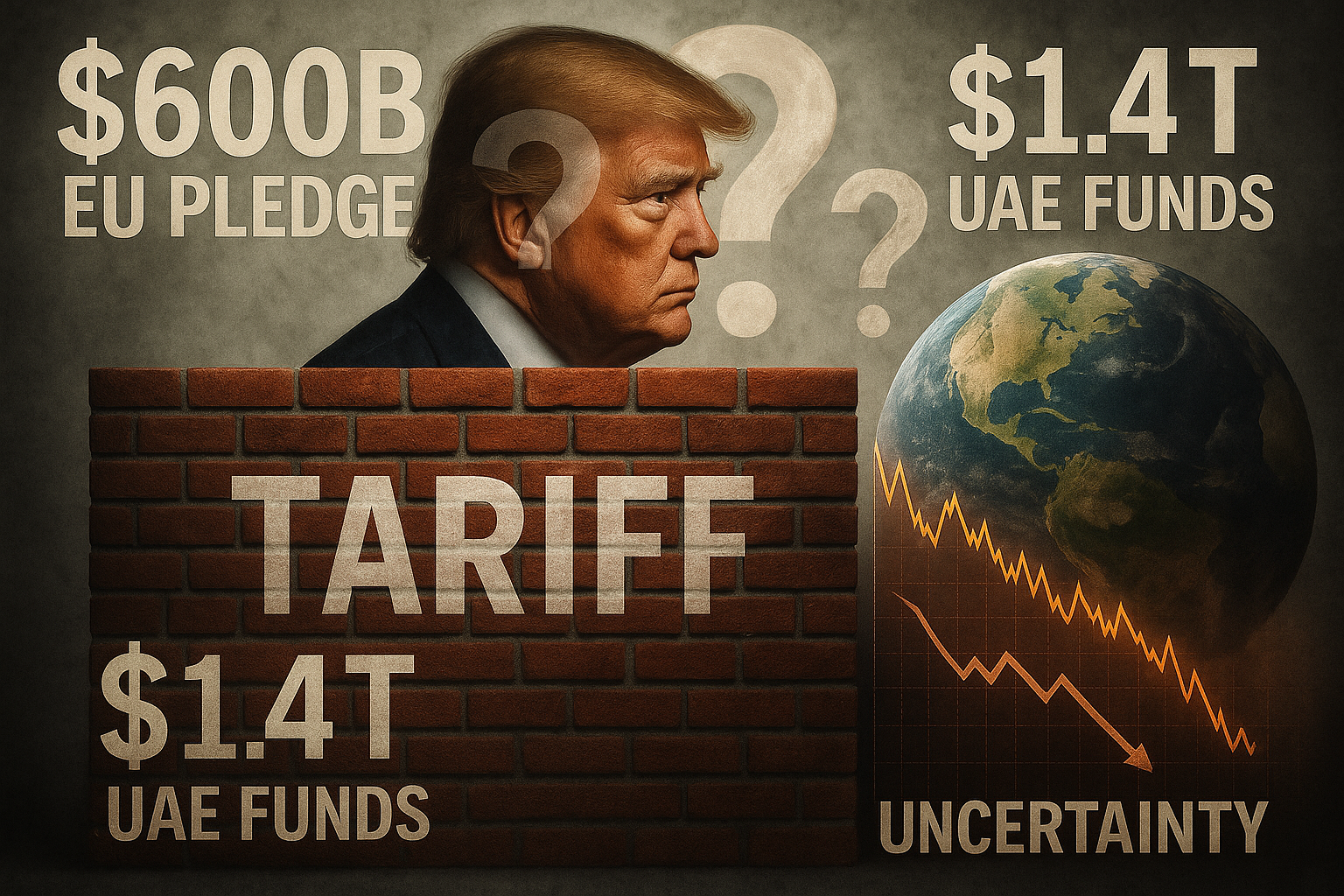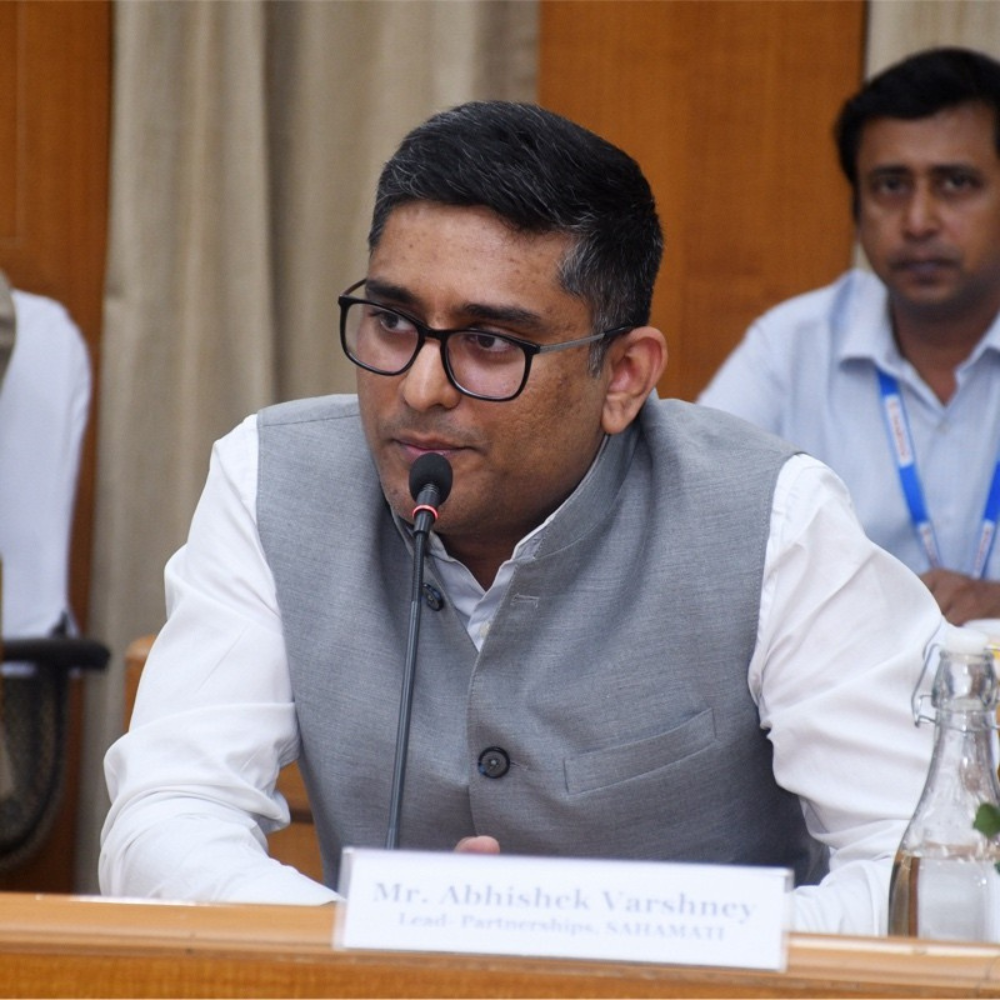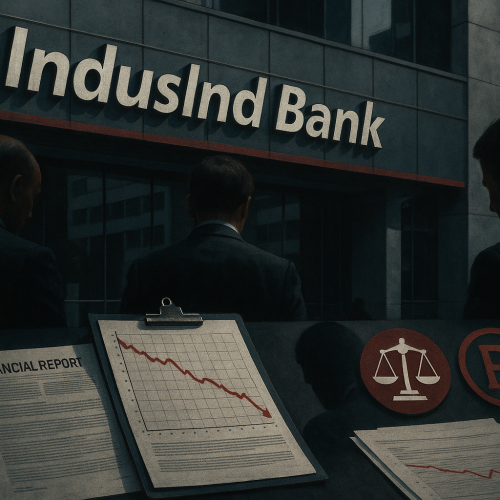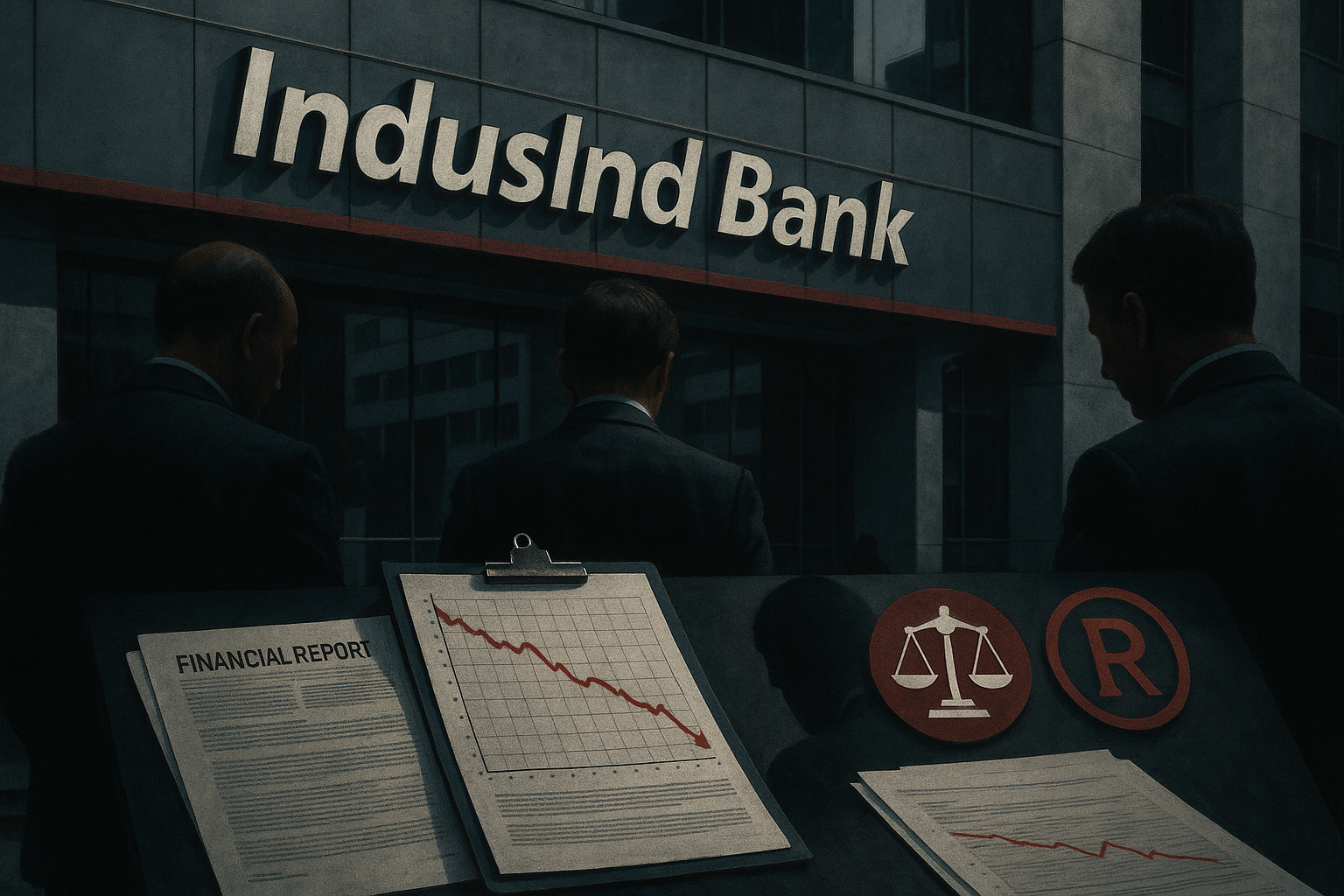Former U.S. President Donald Trump has doubled down on aggressive tariff policies under his “Liberation Deal” strategy—imposing steep duties on major trading partners. In exchange, he touts massive pledges from nations like Saudi Arabia, UAE, Japan, and the EU to invest trillions of dollars in the U.S. But where financial experts and observers see potential red flags: vague commitments, weak enforceability, and political leverage posing risks to long-term credibility.
What Trump Claims vs. Trade Expert Skepticism
Investment Pledges Announced: Trump has claimed partner nations will invest amounts like $600B (EU), $1.4T (UAE), and $350B (South Korea) in exchange for lower tariffs. Yet analysts question whether these figures reflect fresh capital commitments or pre-existing deals repackaged by White House rhetoric.
Lack of Enforcement Mechanisms: Trade specialists point out the absence of binding legal mechanisms to hold countries accountable. Most commitments are nonbinding, and private companies cannot be forced by their governments to act.
Trade and Economic Implications
Tariffs as Coercion, Not Trade Policy
The use of tariffs is shifting toward political leverage rather than classic protectionism—directly linking trade access with investment pledges, often detached from commercial rationale.Investor Confidence Falters
A recent survey shows nearly half of institutional investors are reducing their U.S. market exposure due to rising policy uncertainty and trade unpredictability.Hidden Economic Costs
While tariff revenues may reach $450‑500B in 2025, rising import costs, delayed capital decisions, and supply-chain disruptions are causing hidden inflation and slower growth.Historical Track Record Underwhelms
Pledges from nations like China under previous deals (e.g. phase‑one agriculture commitments) were largely unmet, raising credibility concerns for current investment announcements.
Key Challenges Ahead
| Challenge | Why It Matters |
|---|---|
| Non-binding pledges | Lacks enforcement or clear accountability |
| Market uncertainty | Investors may delay investment due to shifting U.S. policy |
| Blurred policy lines | Tariffs tied to discretionary deals risk politicization |
| Economic drag potential | Tariffs may undermine long-term GDP growth despite upfront revenue |
Expert Perspectives
Philip Coggan (MoneyWeek):
“Trump should be taken seriously—his tariff moves signal real protectionist intent, not mere political posturing… but the long-term economic costs may undercut U.S. competitiveness.”
Economist Marc Busch (Georgetown University):
“‘At my discretion’ investment mandates could lead to politically-driven allocations rather than commercial prioritization.”
Reuters/Coredat survey analysis:
“Many institutional investors are rethinking U.S. dominance, shifting allocation toward Europe, China, and emerging markets amid growing tariff volatility.”
What It Means for India & Emerging Markets
India, already facing threats of 25% tariffs from Washington, may find its export sectors under pressure, while Chinese markets could attract capital pulled back from U.S. risk exposures. If Trump’s investment pledges falter, emerging markets may gain investor interest as policy alternatives stabilise.
Indian policymakers may need to brace for higher global volatility, shifting export dynamics, and a recalibrated approach toward trade alignment.
Conclusion
While Trump heralds massive investment pledges under his tariff regime, trade experts caution that the lack of transparency, enforceable mechanisms, and reliance on political bargaining make these promises more symbolic than substantive. Unless these pledges translate into verifiable outcomes, the U.S. may face elevated economic uncertainty without reaping long-lasting structural benefits.












